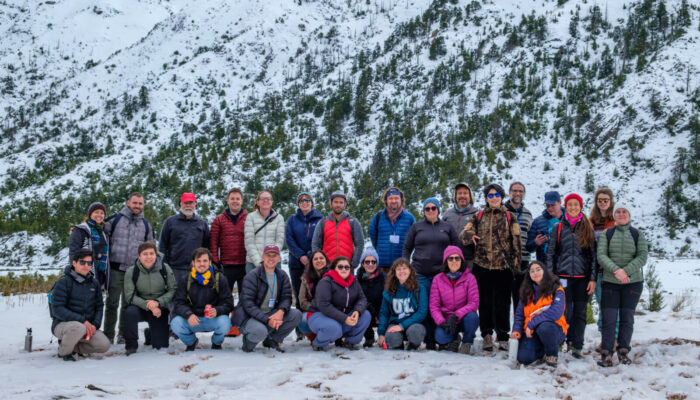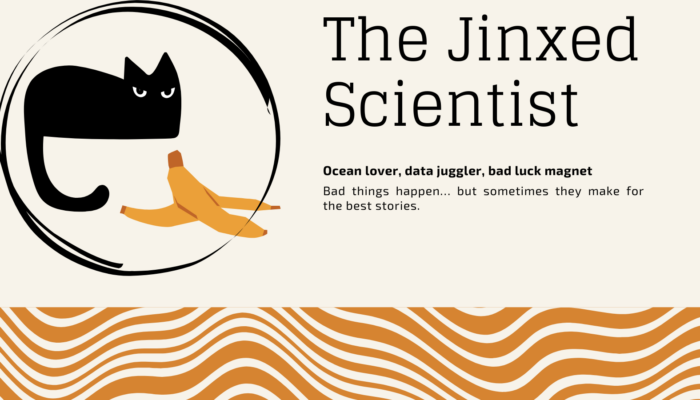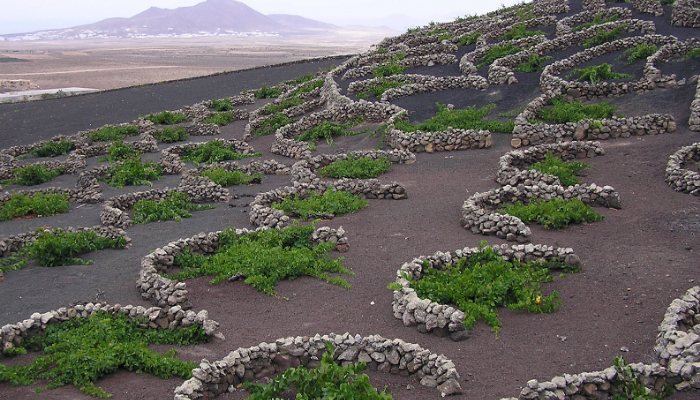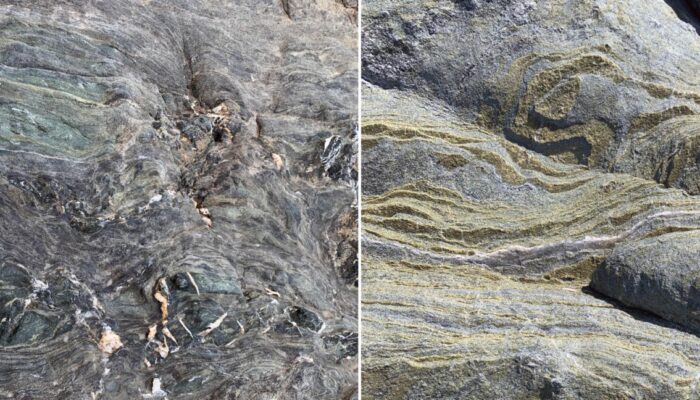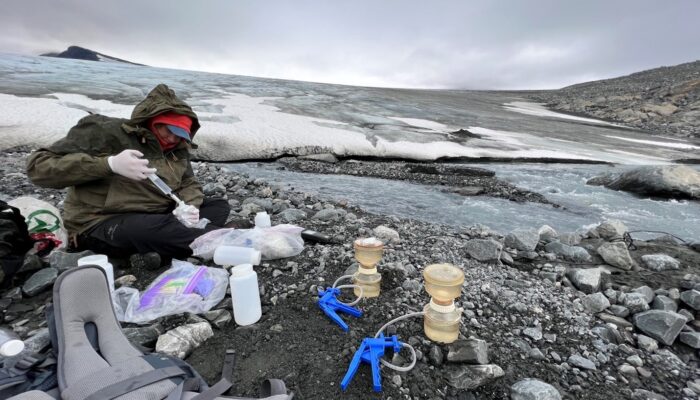While doing my PhD, which explored community water governance in Scotland, I interviewed participants to understand their work and views concerning communities. I quickly found that I wanted and needed to leave my and their offices to have these conversations. The setting restricted the conversation, making it difficult to connect with what they told me, and sometimes to move beyond expected answ ...[Read More]
Geodynamics
How Hot our Moon Can Get: Mapping Radioactive Elements and Thermal State of the Lunar Interior
Geochemists and geophysicists, even with their favorite tools, have often scratched their heads while probing Earth’s deep interior—one can only imagine the challenges while applying those techniques to the Moon! This week in News & Views, Arkadeep Roy, a PhD candidate from the University of Arizona demonstrates how the intersection of experimental petrology, geochemistry, and geophysic ...[Read More]
Natural Hazards
Trans-Border Mountainous Areas: Zones of Conflict or Cooperation Amid Natural and Man-Made Hazards?
Mountain ranges have long served as natural boundaries, shaping the geopolitical landscape of nations. However, these towering landmarks often straddle borders, creating zones of cooperation or, more frequently, contention. From the Mont Blanc massif in Europe to the young, fragile ranges of the Himalayas, mountainous regions are fraught with overlapping challenges, including natural hazards, clim ...[Read More]
Geomorphology
Highlighting the Sediment Cascades workshop in Chile
This blog post is part of our series: “Highlights” for which we’re accepting contributions! Please contact one of the GM blog editors, Emily (eb2043@cam.ac.uk) or Emma (elodes@asu.edu), if you’d like to contribute on this topic or others. by Rebekah Harries, Postdoctoral researcher, Durham University, UK Email: rebekah.m.harries@durham.ac.uk With contributions from Paulina Vergara Torrejón, Eliza ...[Read More]
Ocean Sciences
The Jinxed Scientist: The Conference Cough Symphony
Bad things happen… but they make for the best stories. This blog is for all the jinxed souls out there who seem to attract bad luck in academia. As conferences are the perfect stage, almost predestined to showcase our most embarrassing moments, we will start right there. This blog post is for everyone who shivers at the thought of presenting on the conference stage. All the PhDs who just started a ...[Read More]
Geodynamics
The Sassy Scientist – the one with covid blues
Did I get sick again? Covid, is that you? Long time no see. It’d be better if you left me alone, but I guess we don’t have much choice here, do we? While I’m knocked out by the sedatives to stop my lungs from squeezing themselves out, I ended up thinking about one of the questions I got recently. So, today, we’re answering Ron’s question: Am I getting more stupid or is the PhD getting smarter? Dea ...[Read More]
Geodesy
Expanding the picture: Being a female geodesist in Iran
Researchers working in STEM fields who also belong to a minority group face more challenges than their more privileged colleagues. Take Maryam Mirzakhani for instance; she was the first woman and the first Iranian to receive the Fields Medal. But along that path, she quietly overcame a lot of barriers on her journey- from being a child during the Iran-Iraq war to educational inequalities and the u ...[Read More]
Hydrological Sciences
Catch the rain when it falls: a journey through water harvesting in the Anthropocene
As an environmental engineer trained in water resources management, I have always been fascinated by the multiple uses of water, and specifically the use of water for food production. I always assumed that “the largest share of freshwater resources was used for food production”, thus I logically pursued my MSc. thesis and then my Ph.D. in agricultural sciences. How Fieldwork Shifted My Perspective ...[Read More]
Geodynamics
A New Look at the Rheology of Deep Subduction Zones
Subduction zones are dynamic regions where intense geological processes like earthquakes, volcanic eruptions, and the recycling of oceanic crust are constantly at play. A key factor that influences the behavior of these zones is *interface rheology*—the strength and viscosity of the boundary (the interface) between the subducting and overriding plates. Understanding this interface is crucial for i ...[Read More]
Cryospheric Sciences
Crossing borders – Glacier fieldwork at Sulitjelma/Salajekna
The time I first set foot at the university, I didn’t expect that two weeks later I would be looking at a backpack more than half my size, turning my back to the shelter of our rental car and walking almost 100 km in the Norwegian Arctic. Howling winds, heavy backpacks, daunting bridges, and endless beauty – that’s how I would describe my first experience with glacier fieldwork. I, Silje Waa ...[Read More]




